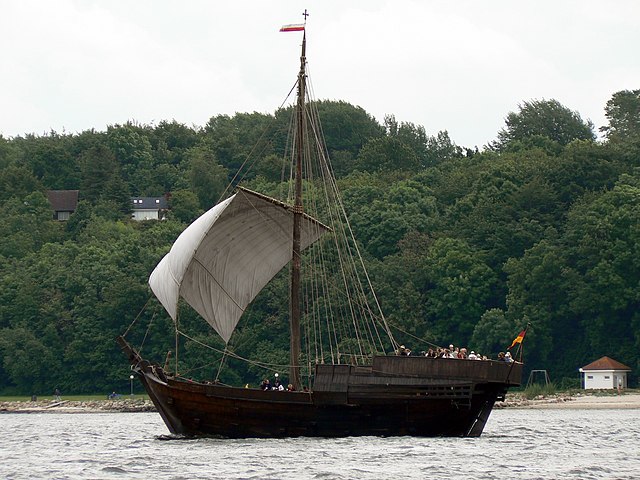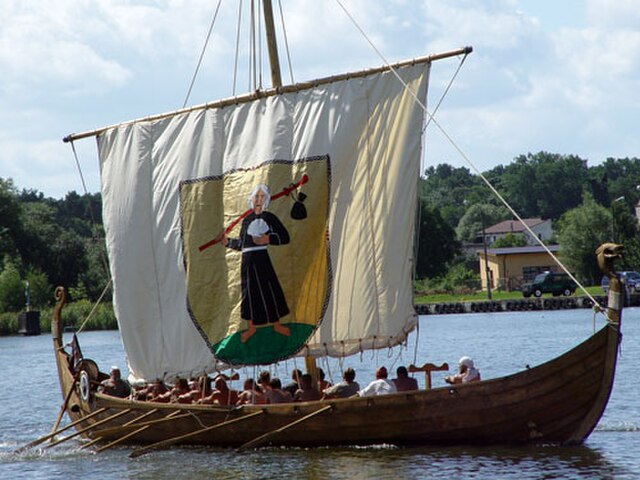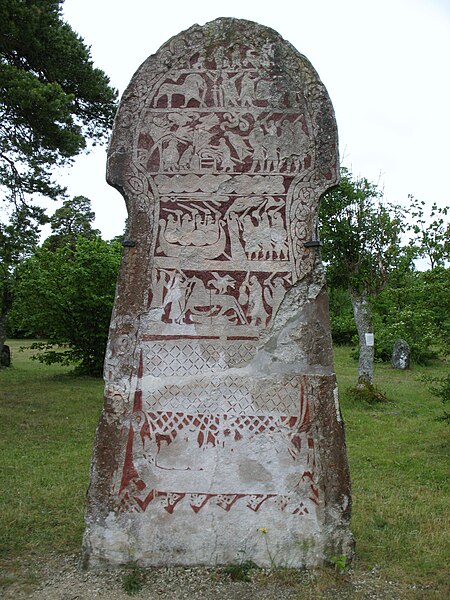Medieval ships were the vessels used in Europe during the Middle Ages. Like ships from antiquity, they were moved by sails, oars, or a combination of the two. There was a large variety, mostly based on much older, conservative designs. Although wider and more frequent communications within Europe meant exposure to a variety of improvements, experimental failures were costly and rarely attempted. Ships in the north were influenced by Viking vessels, while those in the south by classical or Roman vessels. However, there was technological change. The different traditions used different construction methods; clinker in the north, carvel in the south. By the end of the period, carvel construction would come to dominate the building of large ships. The period would also see a shift from the steering oar or side rudder to the stern rudder and the development from single-masted to multi-masted ships. As the area is connected by water, people in the Mediterranean built different kinds of ships to accommodate different sea levels and climates. Within the Mediterranean area during the Medieval times ships were used for a multitude of reasons, like war, trade, and exploration.

Model of a knarr
A cog
Caravela Latina / Lateen-rigged caravel
A replica of the Santa María, the famous carrack of Christopher Columbus.
Longships were a type of specialised Scandinavian warships that have a long history in Scandinavia, with their existence being archaeologically proven and documented from at least the fourth century BC. Originally invented and used by the Norsemen for commerce, exploration, and warfare during the Viking Age, many of the longship's characteristics were adopted by other cultures, like Anglo-Saxons, and continued to influence shipbuilding for centuries.
Full-scale replica of a Viking snekkja based in Morąg, Poland
Construction of the 35 m long Skeid longship Draken Harald Hårfagre
The city seal of Bergen depicts a Viking longship — possibly a drakkar.
The Stora Hammars I stone, Sweden showing armed warriors in a longship








